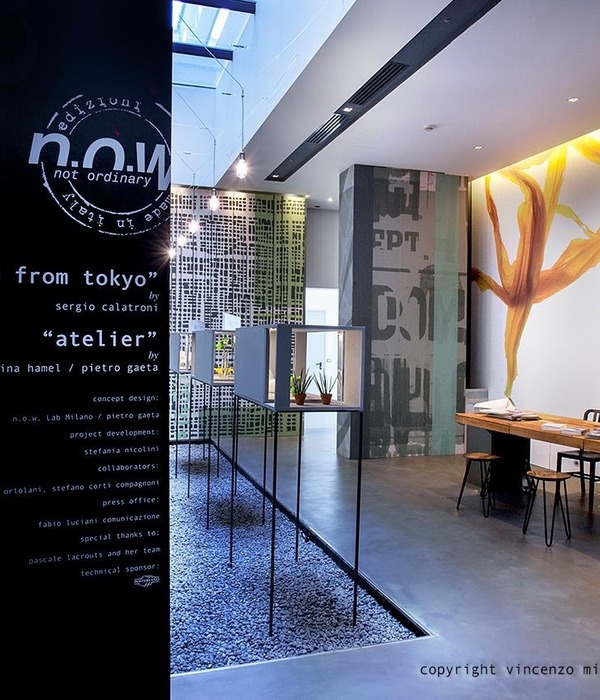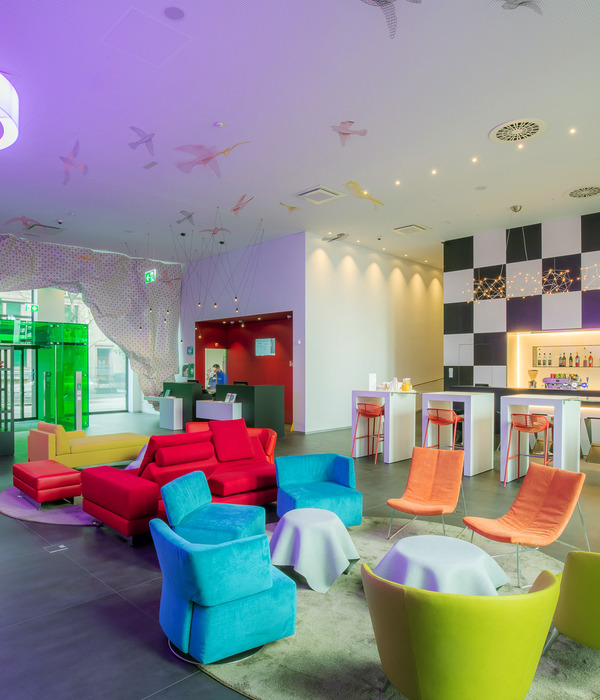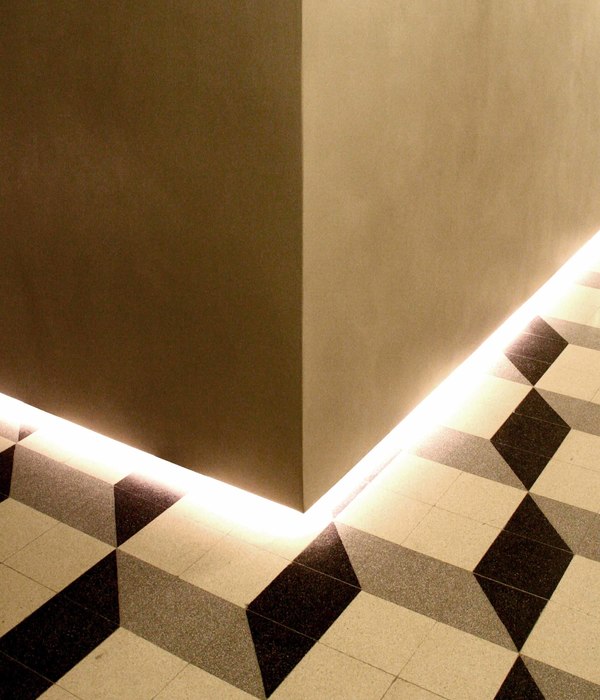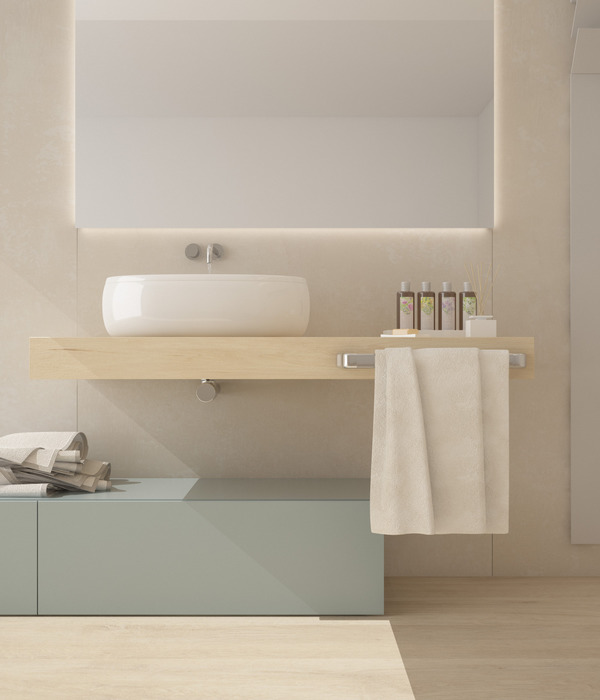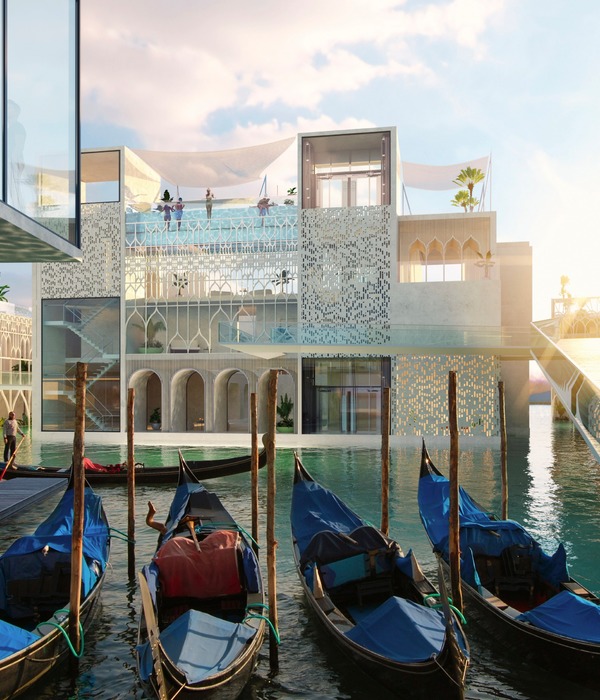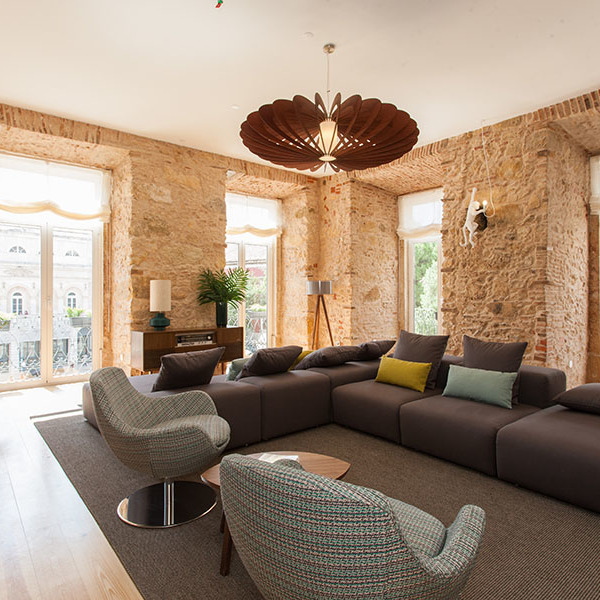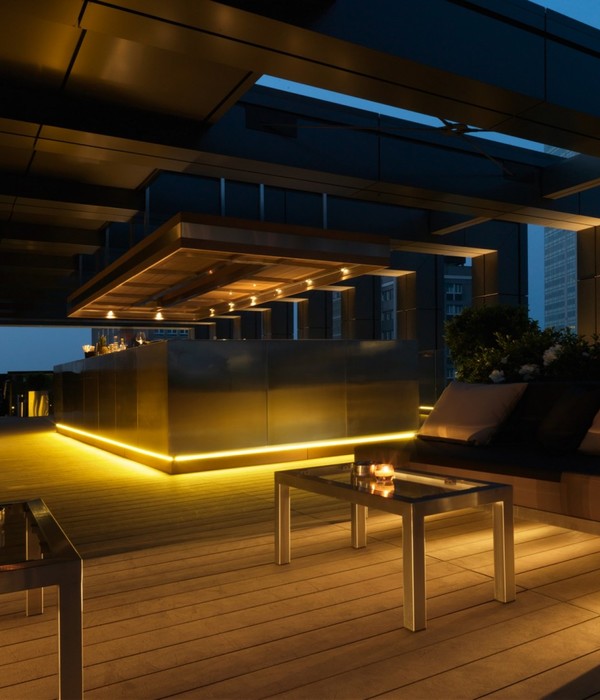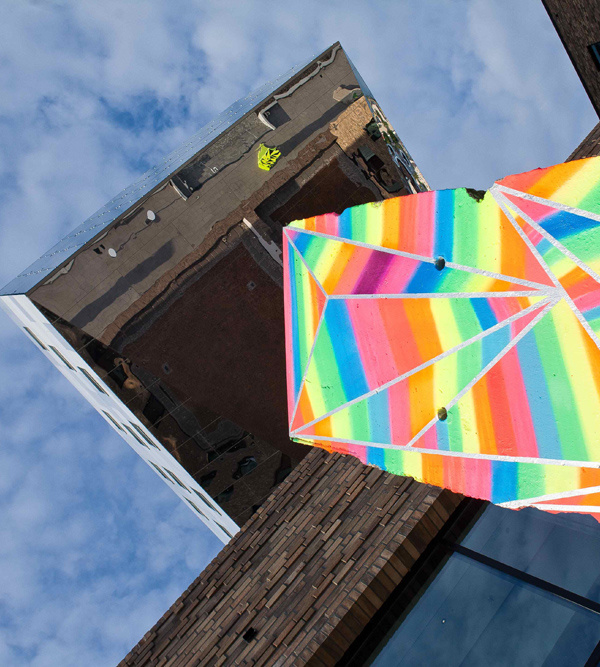由Signe Bindslev Henriksen和Peter Bundgaard Rutzou创立的丹麦设计工作室Space Copenhagen,已经完成了位于瑞士Freidorf的Mammertsberg酒店和餐厅的室内设计工作,包括对相邻六间客房的轻度更新。
Space Copenhagen, the Danish design studio founded by Signe Bindslev Henriksen and Peter Bundgaard Rutzou, has completed work on the interiors for the new Mammertsberg hotel and restaurant in Freidorf, Switzerland, including a light refresh of six adjacent guestrooms.
Mammertsberg位于一座建于1911年的经典瑞士别墅内,可以直接看到康斯坦茨湖,并延伸到壮丽的Vorarlberg州和Appenzell Alps山。Space Copenhagen事务所试图通过将过去和未来并置的室内方案来赞美建筑的原始木屋建筑。工作室与现有的古典空间比例进行了合作,其高高的天花板,宽敞的开口和镶板墙,创造了一个温暖而包容的餐厅,可以享受Germann充满活力的烹饪天赋。
Mammertsberg is housed within a classic Swiss Villa built in 1911 with direct views of Lake Constance and stretching further out to the magnificent Vorarlberg and the Appenzell Alps.Space Copenhagen has sought to compliment the original chalet architecture of the building with an interiors scheme that juxtaposes the past and future.The studio has worked with the existing classical proportions of the space, with its high ceilings, generous openings and panelled walls, to create a warm and embracing restaurant to enjoy Germann’s vibrant culinary talents.
Space Copenhagen也不得不根据建筑的历史地位和现有功能来调整他们的设计,例如建筑师Tilla Theus设计的巨大的螺旋楼梯,它连接了一楼的餐厅和一楼的酒吧和休息室。在历史建筑内工作的挑战和只有六个月的紧张时间表,为Space Copenhagen提供了寻找解决方案的机会,以拥抱那些需要保持原生态的东西。
Space Copenhagen has also had to adapt their design around restrictions imposed by the building’s historic status and existing features such as a monumental spiral staircase by Architect Tilla Theus that connects the restaurant on the ground floor to the bar & lounge on the first floor. The challenge in working within a historical building and the very tight schedule of only six months,provided Space Copenhagen with the opportunity to find solutions to embrace the things that needed to remain untouched.
餐饮空间内的定制元素包括与哥本哈根当地的木匠Malte Gormsen合作的独立式家具,他在项目规定的紧迫时间内提供了精致的执行、细节和质量。餐厅的桌子是实心橡木,下层休息室的沙发和矮桌是用适合日常使用的汽油蓝的坚固皮革装饰的。Ren餐椅是由Space Copenhagen为Stellar Works设计的,使用了肥皂核桃和瑞典纺织制造商Astrid的浅色亚麻装饰。
Bespoke elements within the dining space, include freestanding furniture in collaboration with local Copenhagen-based carpenter Malte Gormsen who provided an exquisite level of execution, detailing and quality within the tight timeframe afforded by the project.The restaurant tables are solid oak and the sofas and low tables for the lounges in the lower level are upholstered in a robust leather in petrol blue suitable for daily use.The Ren Dining Chair designed by Space Copenhagen for Stellar Works, is used throughout and is presented in a combination of soaped walnut and light linen upholstery from Swedish textile manufacturer Astrid.
在整个不同的空间里,照明设备都是根据它们的雕塑品质精心挑选的,包括由Michael anastassiades设计的移动枝形吊灯,为主餐厅增添了戏剧性。对于下层的休息室,Space Copenhagen使用了他们为Gubi设计的Wonder Sofas和Stay Chair,有织物和皮革两种款式,灯光来自Gubi的Gravity系列。相邻房间的早餐区,以Space Copenhagen设计的板线餐椅和Bonacina 1889年的彩色藤椅为特色。
Throughout the different spaces, lighting has been handpicked for their sculptural qualities, including mobile chandeliers by Michael Anastassiadesthat add drama to the main dining room.For the lounges at the lower level, Space Copenhagen has used their Wonder Sofas and Stay Chairs designed for Gubi in both fabric and leather variants and lighting from Gubi’s Gravity Collection.The breakfast area, for the suite of adjacent rooms, featuresthe Mater dining Chair by Space Copenhagen together with a coloured rattan chair from Bonacina 1889.
作为项目的一部分,Space Copenhagen还对餐厅的小型客房进行了一些经过深思熟虑的更新,将私人办公桌与Kalmar Werkstatten的雕塑台灯和Gubi的Gravity落地灯结合在一起。通过延续公共空间的低调北欧风格,Space Copenhagen融入了柔和的休闲家具,如& tradition的Fly & Loafer系列,采用柔和的色调和温暖的材料。
As part of the project Space Copenhagen also undertook a few carefully considered updates to the restaurant’s small selection of guestrooms, incorporating the Private Desk with a sculptural desk light from Kalmar Werkstatten and Gravity floor lamps from Gubi.By continuing the understated Nordic touch from the public spaces, Space Copenhagen incorporated softly shaped lounge pieces such as the Fly & Loafer Collection from &Tradition in subdued color tones and warm materials.
虽然这座历史建筑外观给人留下了宏伟庄严的第一印象,但Space Copenhagen希望一进门就能给食客带来轻松的氛围,每个公共空间都为美食体验的不同部分进行了策划。通过在室内引入绿色植物,并专注于整个材料的有机调色,如各种低调的木材、皮革、温暖的金属、羊毛和亚麻布,这种氛围旨在邀请晚餐客人进入一个舒适的环境,享受美食体验。
While the impressive exterior of the historical building lends itself to a grand and stately first impression, Space Copenhagen wanted to also elicit a relaxed atmosphere for diners once inside and each public space has been curated for different parts of the gastronomic experience.By introducing greenery to the interiors and focusing on an organic palette of materials throughout such as wood in various subdued tones, leather, warm metals, wool and linen - the atmosphere aims to invite dinner guests into a comfortable environment to enjoy the culinary experience which unfolds.
空间中原有的窗户和开口高大而宽敞,允许光线涌入。Space Copenhagen希望能够灵活地操纵光线和视野,以适应昼夜不同时间的不同场合。为此,工作室使用了有触感的厚重亚麻地板到天花板的窗帘,提供了更大的亲切感,并为瑞士阿尔卑斯山的恶劣气候提供了保护。窗帘还提供了一种节奏感,并在墙上进行了设计分层,同时还提供了隔音和隔热。整个餐厅展示的艺术品是Space Copenhagen从Andreas Caminada的个人收藏中精心挑选出来的,随着时间的推移,这些作品将被添加到空间中,并与书籍、陶瓷、玻璃和其他装饰元素等物品一起添加到空间中并在空间内交换。
The original windows and openings in the space are tall and generous, allowing light to flood in.Space Copenhagen wanted the flexibility to manipulate the light and views to suit various occasions at different times of the day and night.For this, the studio utilised floor to ceiling curtains in a tactile heavy linen, allowing for a greater sense of intimacy and providing a protective respite from the harsh climate of the Swiss Alps.The curtains also serve to provide a sense of rhythm and design layering on the walls, while also affording sound and heat insulation.The art displayed throughout the restaurant has been hand selected by Space Copenhagen from Andreas Caminada’s personal collection and over time, pieces will be added to and swapped within the spaces, alongside objects such as books, ceramics, glass and other decorative elements.
Interiors:Space Copenhagen
Photos:Joachim Wichmann
{{item.text_origin}}


